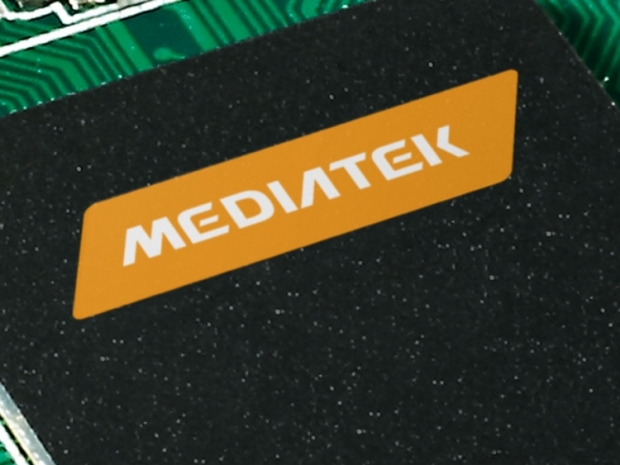MediaTek is continuing its three cluster strategy but the cluster for heavy loads grew from two with Helio X20 / X25 to four with X30. The heavy duty cluster is powered by four Cortex A73 cores clocked at 2.8GHz. the medium cluster comes with four well-known Cortex A53 CPUs clocked at 2.2GHz and the low power cluster comes with two Cortex A35 cores running at 2GHz.
The Helio X30 supports 8GB of RAM with 2 x LPDDR4 POP 1600MHz channels and comes with a new PowerVR 7XT GPU. One of the biggest weaknesses of MediaTek SoCs was a GPU that had a hard time competing with others.
The funny part is that Fudzilla saw MediaTek executives having the meeting with Imagination Technologies at the Mobile World Congress right after us, that was enough to spark the rumors. Now you know, it is Imagination this time around, after a small adventure with ARM’s Mali.
The SoC supports camera sensors up to 40 megapixels and video capture up to 24 megapixels. With 16-megapixel resolution you can take videos at 60 FPS while with 8 megapixels you should be able to record 120 FPS.
One big surprise is that the new SoC supports three carrier aggregation 4G LTE modem with Cat 12. This is as good as the Samsung Exynos 8890 or Qualcomm 820 modem on the upload side, but it is unclear if MediaTek’s X30 modem also supports Cat. 13 upload speeds.
You can expect to see MediaTek X30 based phones in early 2017 - probably in Q2 2017 - as this is what happened in the last few generations. It is important to notice that this is the first time MediaTek has risked a high end product being manufactured with the latest manufacturing process.
Since Helio X30 is a 10nm SoC and this is the best one on the market, it will involve some risks but at the same time brings a lot of gains too. Snapdragon 830 is expected to be a 10nm, and Samsung will probably have 10nm SoC too. Apple, of course, will be the first to get the 10nm SoCs on the market, leading the manufacturing way.




